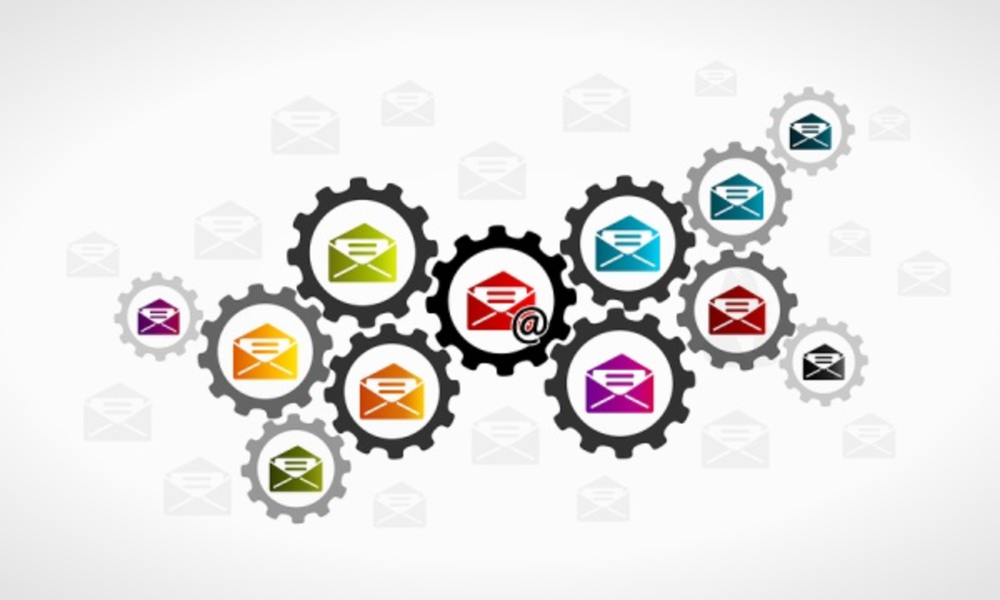No matter how engaging, relevant, or valuable an email campaign is, every list has inactive subscribers—i.e., users who simply don’t respond to marketers’ messages.
But what are the reasons for that?
Here, Gurjit Sandhu, marketing specialist for Yesmail Interactive, spells out some common causes of inactivity—and some effective solutions.
Define an inactive email subscriber.
An inactive subscriber is a subscriber who’s previously opted in to receive messages from your company. But for some reason, he’s stopped engaging with your emails, although he hasn’t formally requested to stop receiving them. He basically just stopped opening them and stopped clicking them.
Why might a subscriber become inactive?
There are a number of reasons, but there are several common ones. And there are a lot of reasons at different companies. But the main one that we’ve found is that customers receive too many emails. So, it’s always important for an email marketer to understand [customers’] preferences—especially the mailing frequency that your customers prefer. It’s always important not to overwhelm them with emails. When you send too many emails, you’re causing them to tune out…. They’ll look at them, and just ignore them.
Another reason is irrelevant content. You [as a marketer] may start off with customers opting in to receive messages about specific products or services, and then over time their interests change…. [What customers buy] can change from holiday to holiday or different times of the year. So, it’s always important to keep up with things that your customers prefer. That way, you can avoid sending them content that they’re just not interested in.
A final reason—which is common but [many marketers don’t] realize—is that a lot of their emails are just not reaching their subscribers’ inboxes. And that could be for a number of reasons. It could be because the messages are being marked as spam. Or if customers are not opening their messages, some email services will automatically route them into a spam folder.
How can you reengage inactive customers?
Marketers should consider a reactivation campaign—a campaign that’s specifically designed to reactivate target customers. That can include how the campaigns are segmented, how messages are formed, messages that try to engage the customer through enticing offers, or perhaps asking questions about preference changes. It’s basically to reengage inactive subscribers.
In terms of goals, you want to think about the benefits that you want to get out of these reactivation campaigns. Why are you really doing them? As a basic principle, the idea is to drive engagement. You really want to make the best out of your subscriber base. Take advantage of your opportunity with them in the most optimized way possible. So again, the main goal is to drive engagement. It’s to bring them back into the fold.
You may want to take subscribers to the next level of engagement. A great example of that would be getting them to enroll in the loyalty club. That way [customers] will have more information and become an insider.
Other things that are main goals for running reactivation campaigns would be to generate quick revenue. It’s cheaper to generate revenue out of existing customers versus acquiring new customers. Catch that low-hanging fruit.
The other benefit [of a reactivation campaign] is the ability to keep up with your subscriber base. Keep up to date with their preferences, their interests, and their frequency. And it works as a great last point of contact before you completely phase them out.
In the retail industry, email lists often have somewhere between 40 and 50% of their subscribers who are inactive. It can be really high; it can be overwhelming. But it’s something that’s certainly addressable.
Any final advice?
Just take a few steps: analyze your database, understand your subscribers, don’t forget about deliverability, and be creative. Email is usually the backbone [of a reactivation campaign]. But don’t be afraid to mix it up. Sometimes you can use social media to boost the messages that you send via email; message to [customers] across channels. Most important, just remember to keep up with their interests and be creative.







